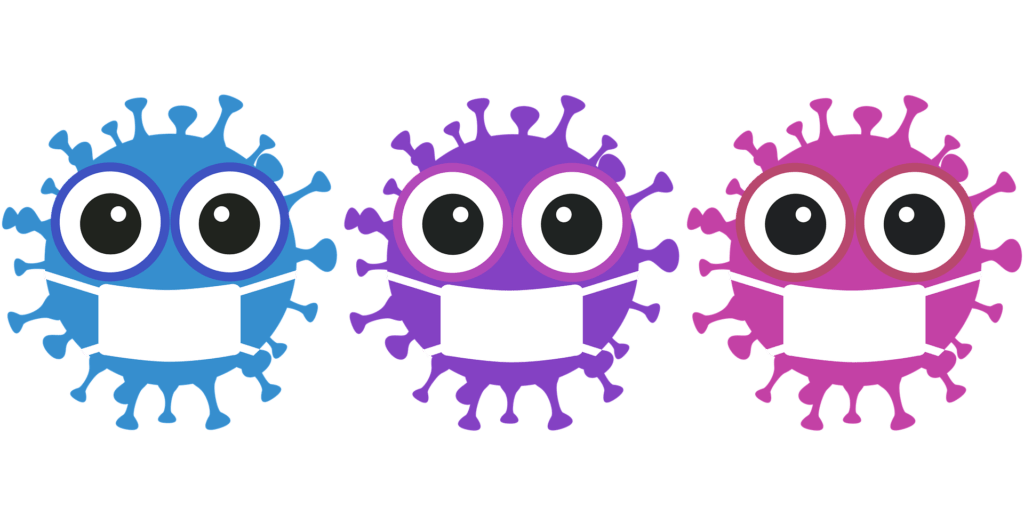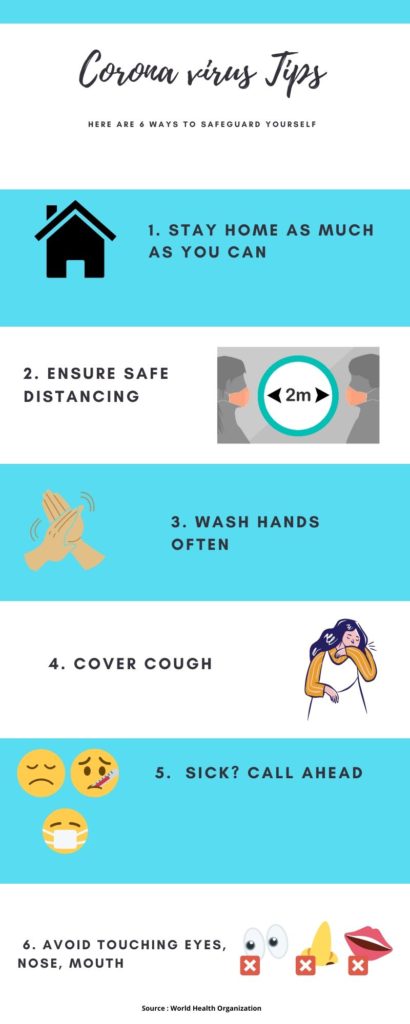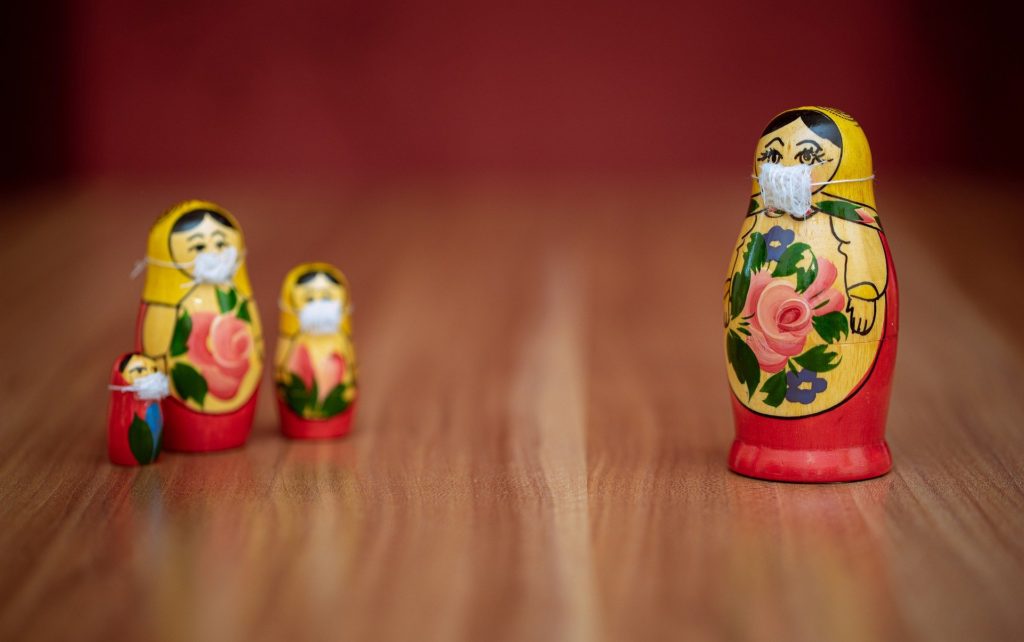Lockdown-free Stockholm ‘could achieve herd immunity in May’: Claim by Swedish ambassador as she reveals 30% of the city’s population already have immunity – Daily Mail
Table of Contents
What is Herd Immunity?
According to Wikipedia, Herd immunity is a sort of indirect protection from infectious diseases that occurs when a large percentage of the population becomes immune to the infection.
This can happen either through vaccination or previous infection resulting in protection for individuals who aren’t immune. Consider an example of a large community with immunity, the infection will be disrupted as these individuals are unlikely to get infected, hence breaking the cycle.
How is Herd Immunity formed?
Individuals who have had prior vaccination or even have recovered from an earlier infection can grow immune to such infections.
Some individuals who have a suppressed immune system due to underlying diseases or even due to age(infants or old) who haven’t been vaccinated before, need higher protection from infections and this herd community can help with protecting them.
Top 5 Facts about Herd Immunity :
Requires a large population to become immune to it

In the United States, for mumps (a highly contagious disease ) spread to stop, it took 92% of the population to achieve herd immunity. According to John Hopkins University, the novel coronavirus is less infectious so around 70% of the population in the community is required to become immune to disrupt the cycle.
Does Herd Immunity Work?

Herd Immunity does work for certain illnesses. The United States successfully achieved Herd immunity to certain diseases like chickenpox, mumps, polio but it doesn’t work for all the diseases.
It can disrupt the cycle of infection but it can also change without knowing. There is no guarantee that this is a sure shot method for protection.
This can never be an alternative to vaccination.
You can build herd immunity to certain diseases in your community by making sure you and your family have up-to-date vaccines. Although herd immunity doesn’t always protect every individual of the community, but it can help in the prevention of diseases.
Vaccination is the key

If a majority of people in a community have been vaccinated against a disease, an unvaccinated person is less likely to get sick because others in the community are immune to the infection disrupting the spread.
There has not been a vaccine yet for the novel coronavirus and researchers say it is about 12 to 18 months away.
COVID-19 and Herd Immunity

With the Sweden ambassador addressing to the United States that they are on the verge of attaining Herd immunity, but that does not seem to the case according to World Health Organization since only a tiny portion of the global population about 2-3% appear to have antibodies in the blood to fight against the virus.
According to Real Clear Science, at face value, Sweden is not doing well. By April 22, it’s mortality rates from COVID-19 were the tenth highest in the world, with 17.3% deaths per 100,000.
Right now, the only way to fight coronavirus is to follow all the precautionary tips given by WHO and be safe.
Prolonged or intermittent Social distancing for a few months to curb the virus spread:

According to a research on Science Mag, to avoid transmission of the virus, prolonged or intermittent social distancing may be necessary into 2022. Even in the apparent elimination, it is safe to keep distance as there are chances of this contagious disease to resurge.
With the ongoing situation, we don’t know how long it is going to take to achieve Herd immunity.
Only time will tell.
For now, it is better to follow all the precautionary measures and be safe than sorry!
Take Care !



